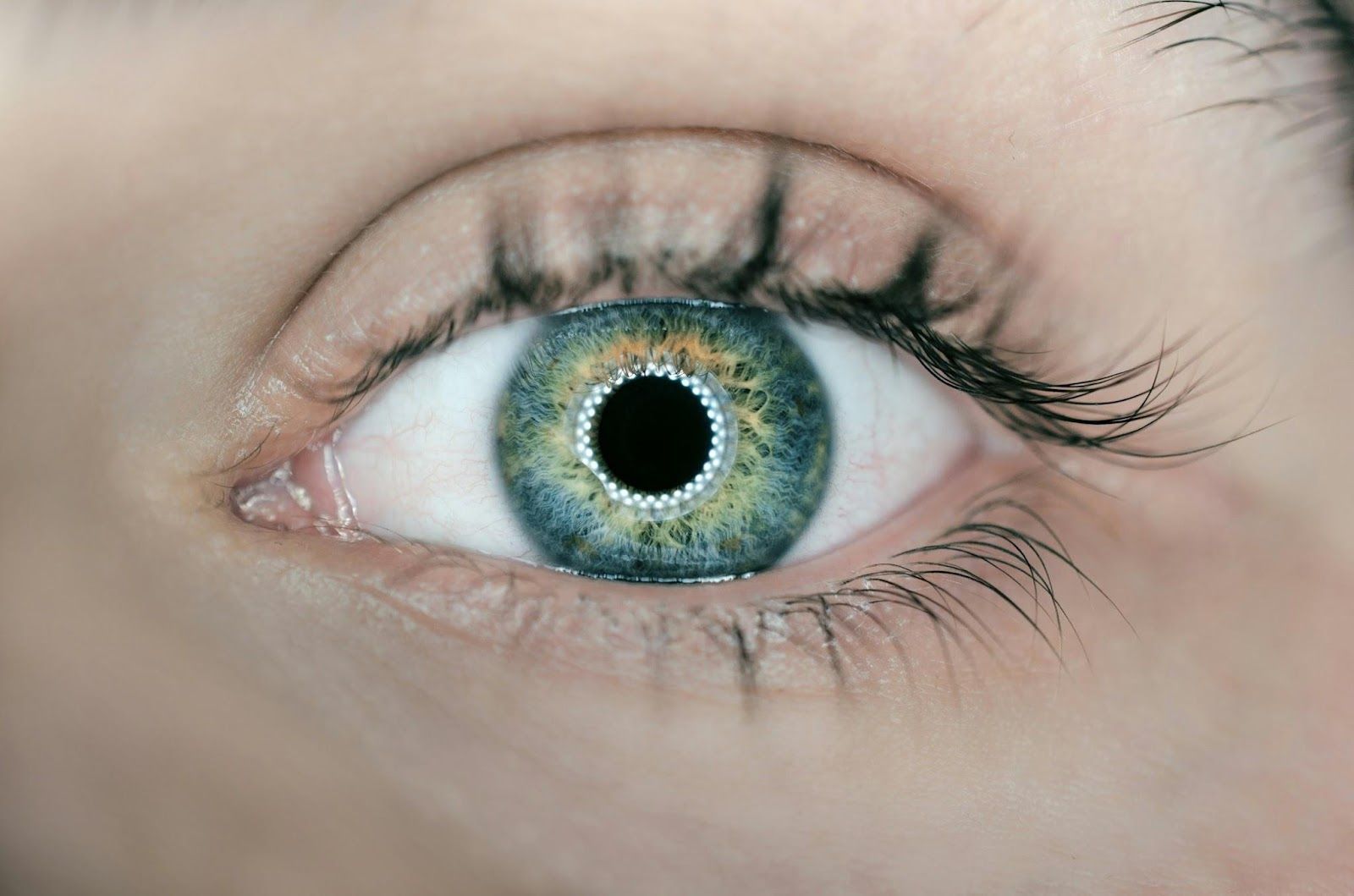Grim tales ahead
These harmless expressions have a dark past. Number 9 is hard to believe
Published on November 25, 2025
 Credit: Kevin Wang
Credit: Kevin Wang
We toss around these phrases every day like nothing, without thinking about where they came from. But behind some of these familiar expressions lurk stories of violence, superstition, and even death. From battlefield slang to old legal terms and folklore, their histories can be surprisingly grim. Did you know the origins of these common sayings?
Saved by the bell
 Credit: David Guliciuc
Credit: David Guliciuc
This phrase is commonly tied to boxing, where a bell ends the round and saves a fighter. But it has a darker twist to it.
In the 18th and 19th centuries, safety coffins with bells were invented to prevent premature burial, and ringing would literally save someone’s life.
 Credit: Sacre Bleu
Credit: Sacre Bleu
Graveyard shift
This term refers to working overnight hours, and it is named so for the stillness that resembles a cemetery.
It may also stem from 19th-century watchmen who guarded graves to deter body snatchers seeking corpses for medical schools.
 Credit: Orkun Azap
Credit: Orkun Azap
Caught red-handed
The expression "caught red-handed" began as a legal term in Scotland for being found with blood on one’s hands after poaching or murder.
Its vivid imagery made it a lasting metaphor for being caught in the act of wrongdoing.
 Credit: Jørgen Håland
Credit: Jørgen Håland
Dead ringer
Today, it means an exact duplicate, but some trace it to 19th-century fears of live burial, where it had a similar meaning to that of our first entry.
As with "saved by the bell," some believe this phrase refers to the practice of attaching bells to coffins so that a mistakenly buried person could ring for rescue—hence, a "ringer" from the dead.
 Credit: Provincial Archives of Alberta
Credit: Provincial Archives of Alberta
Diehard
Originally, this idiom was used to describe soldiers who fought to the death or refused to surrender despite mortal wounds.
Over time, it evolved into a term for anyone fiercely resisting change or clinging to a cause.
Under the gun
 Credit: Stijn Swinnen
Credit: Stijn Swinnen
The origin of this phrase is a literal reference to being under direct threat of enemy fire in battle.
It now describes any high-pressure situation, though the imagery still carries a sense of danger.
 Credit: Austrian National Library
Credit: Austrian National Library
Throw in the towel
Borrowed from boxing, this phrase signals surrender, as trainers toss a towel into the ring to stop a fight.
Its roots lie in the stark reality of protecting a beaten fighter from further harm.
 Credit: Daniel Bernard
Credit: Daniel Bernard
Deadline
During the U.S. Civil War, prison camps marked a line that, if crossed, allowed guards to shoot prisoners instantly.
The word later softened into a publishing and workplace term for time limits, fortunately losing its lethal edge.
 Credit: Tim Mossholder
Credit: Tim Mossholder
Skeleton in the closet
The expression "skeleton in the closet" is a metaphor for a hidden shame or scandal, which, originally, evoked the image of concealing a corpse.
Its morbid imagery endures, making it one of the most vivid idioms in everyday language.
 Credit: Michael LaRosa
Credit: Michael LaRosa
Silver bullet
There was a time when silver bullets were considered real weapons in folklore, believed to be the only way to kill werewolves or other monsters.
Today, it means a simple, almost magical solution to a complex problem, retaining its mythical flavor.










